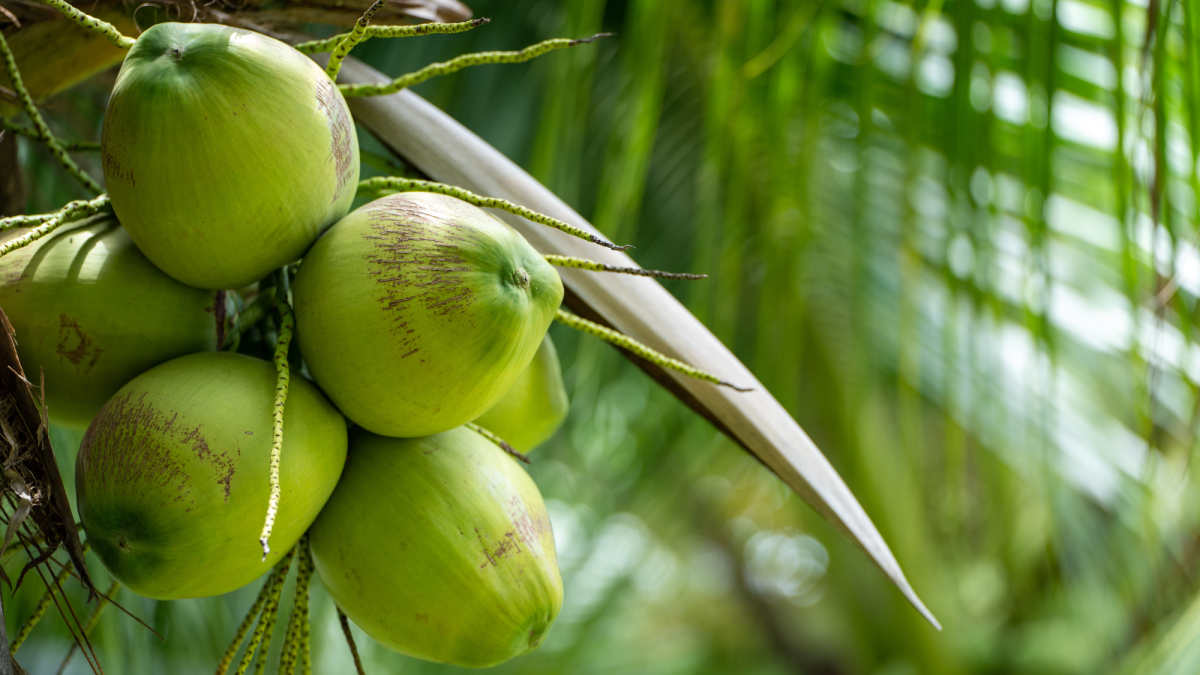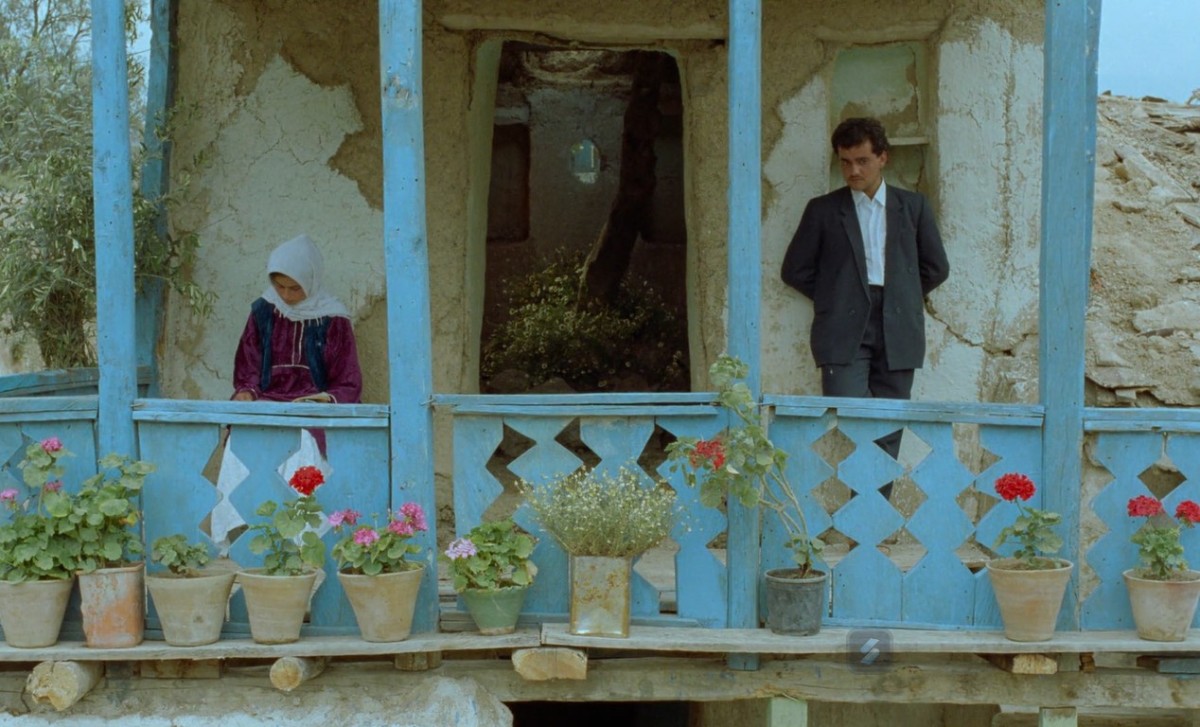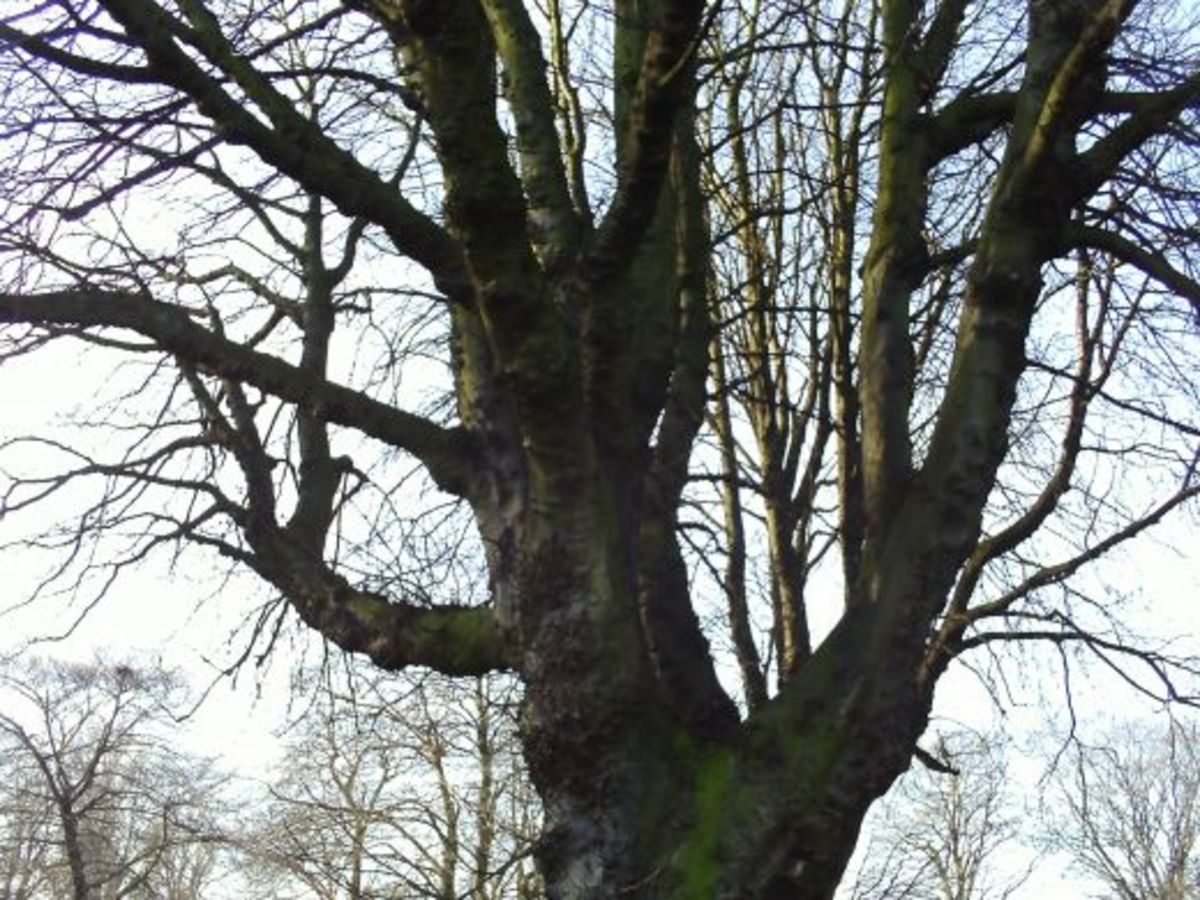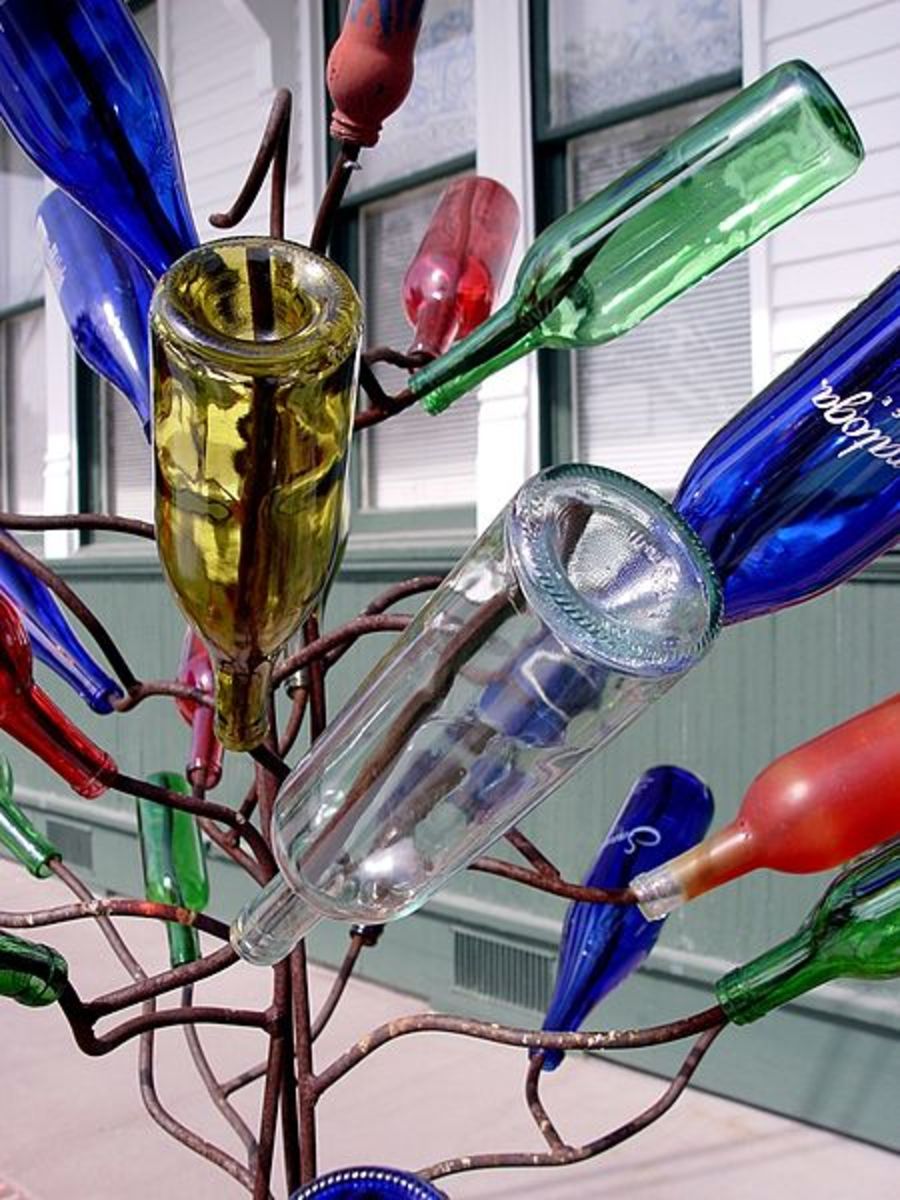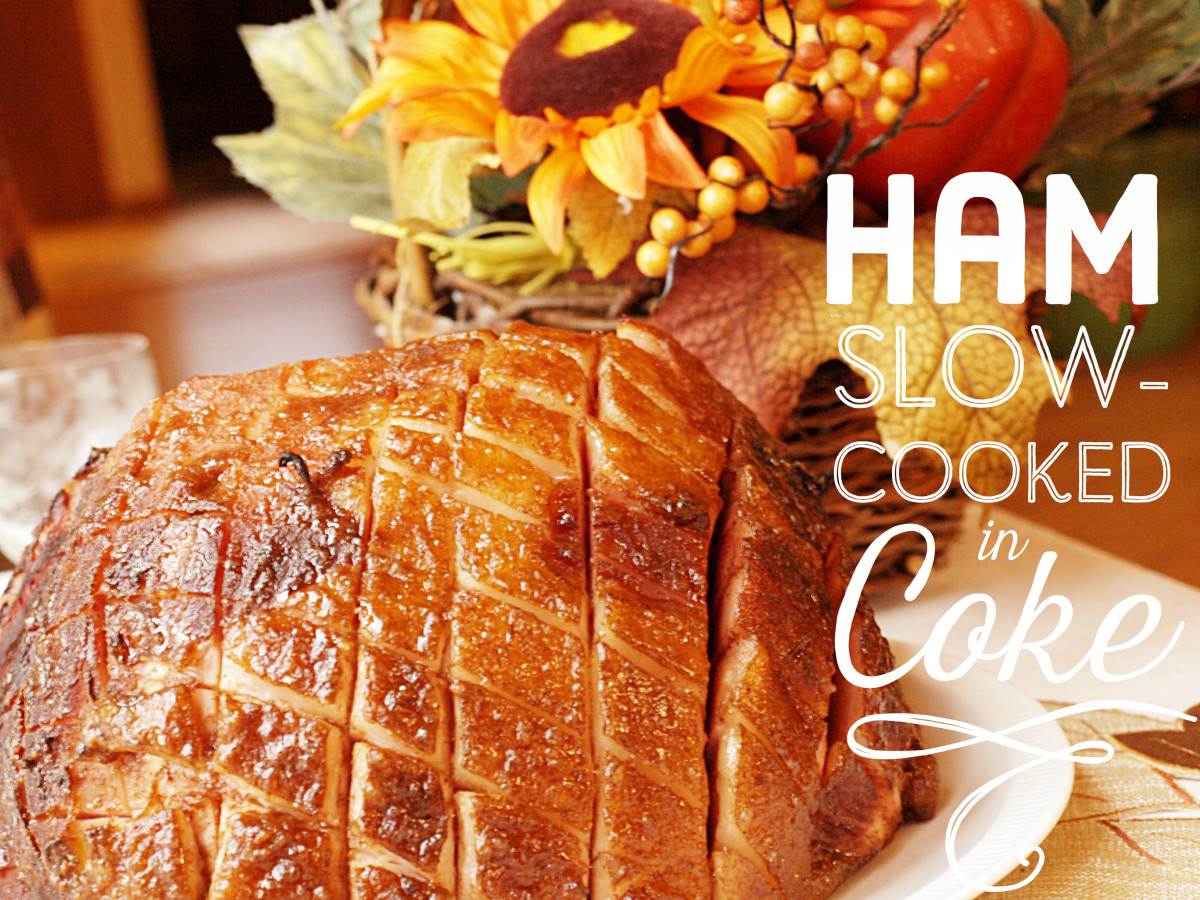Milking the olive tree
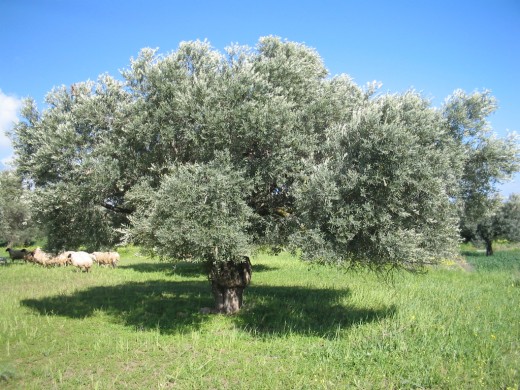
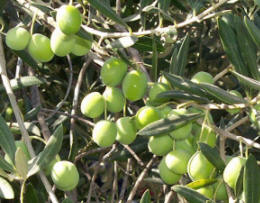
Cherishing olive picking. Between September and the end of December, possibly January, many people in Jordan and the surrounding region like the Palestinian territories huddle around stretches of land to thrash down the olive trees, get the oil out, and deliver them to tables all around the world.
It's a period of common bonding where people live on the land milking the olive trees which have been in existence since time immemorial and have over the centuries served as the bedrock of civilizations from the Greek and Romans till modern times.
In our household, things are turned upside down during the olive picking season when father and mother—now getting on and belonging to the older generation—literally drop everything and become solely devoted to the olive tree.
Mother can't wait for the season and father actually stops going downtown and makes a point of ferrying daily to the olive tree holdings which we have several in the south west of the Jordanian capital.
For them the olive tree has deep embedded significance as underlined by the Quran and the Bible whose strictures and teachings talk at length about this blessed tree.
For them as well the olive tree has the elements of things past, back in the days of Palestine where they once lived normal lives, reared on the different fruit and olive trees but have been removed because of the Israeli occupation.
Today, the olive tree is revered not only in the Mediterranean and north African countries but all over the world reaching Spain and Italy, California and Mexico and south America as there are estimated to be 800 million trees in the world.
In Jordan there is about 17 million trees around the Kingdom, it is reputedly to be third largest producer of olive oil estimated at around 20,000 to 24,000 tons annually from an olive production of 150,000 tons.
Figures are phenomenal and one can fathom the scale of production outside the capital, travelling in rural areas where he can see by himself the myriads of fields and patches with olive trees, just left asunder to be nurtured by the semi-arid terrain, weather and scarce rainwater.
That's the beauty of the olive tree and its growth across this area. The generally warm weather has a lot to do with its replenishment.
Besides my folks, who like to take over the managerial aspect of olive picking, there are the workers, men, women, young, old and children, and are usually come from one extended family.
Depending on the field, and I am talking about ours, here they take anything from two weeks to a month-and-a-half to pick with daily wages given to everyone.
My mother likes to feed them, both in the morning and at lunch-time despite the fact their production becomes much slower in the afternoon, and no doubt because of a full stomach. They are usually on the farm from 8 am till around 3 pm where they start rushing to get home.
In Jordan, there are some large farms which use machinery to pick, but the industry, as a whole, is not mechanized but rely on labor power.
They work in groups, harvesting one tree at a time. The bottom of the tree is covered and usually the olive is just picked and thrown down under.
It is not a laborious process, there is some kind of action and rhythm. The men and boys work together, and that goes for the women and their girls, not too young though.
In her younger days, my mother used to join in the thrashing as well at different times of the day. She would be seen climbing on different branches of the tree to get to the olives that would go up and up.
You could tell, she was exhilarated, taken away from mundane chores of looking after the house and digging at something completely different.
In the earlier days, they used to sleep on the form where father had built a house, being locked away at will from urban city life. But this is no more, with younger, muscle bodies taking over.
The olive trees is part and parcel of the geographical terrain of the land. In Jordan, its peaceful and serene. It's a season that pays well for Jordan and the economy. Sadly this is not true of the Palestinians living across the river.
Despite the fact that olive production makes up 25 percent of the economy there, trees are systematically uprooted by Israeli vandals and settlers. (http://www.middleeastmonitor.org.uk/reports/by-dr-hanan-chehata/2959-a-harvest-of-tears-palestinian-agriculture-continues-to-suffer-as-a-result-of-ruthless-israeli-policies).

